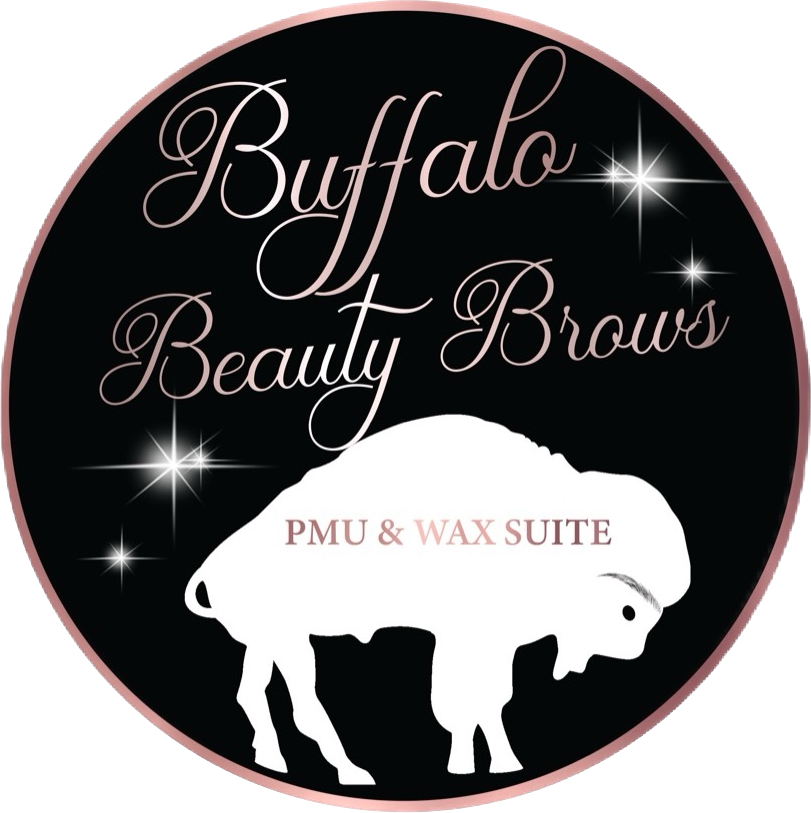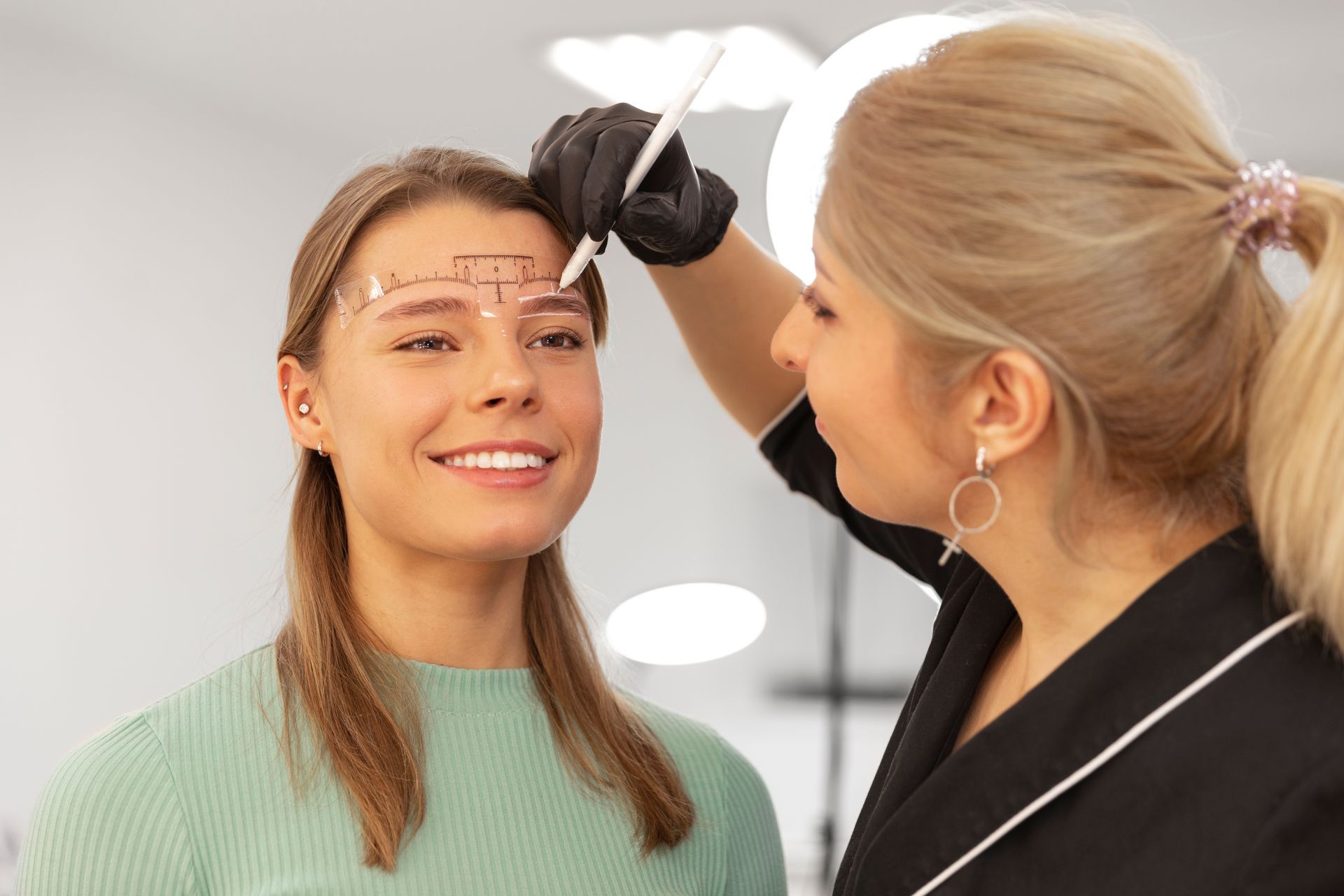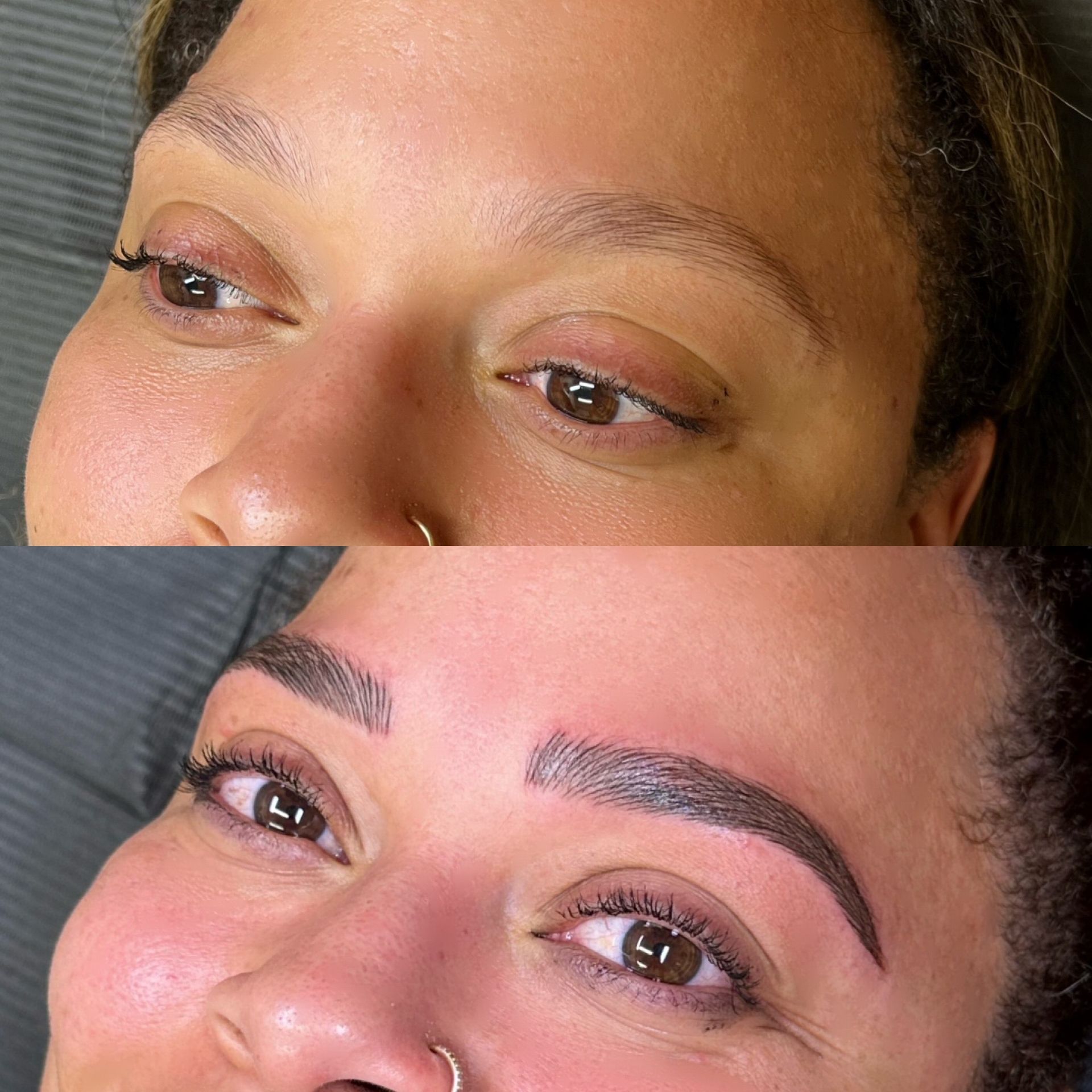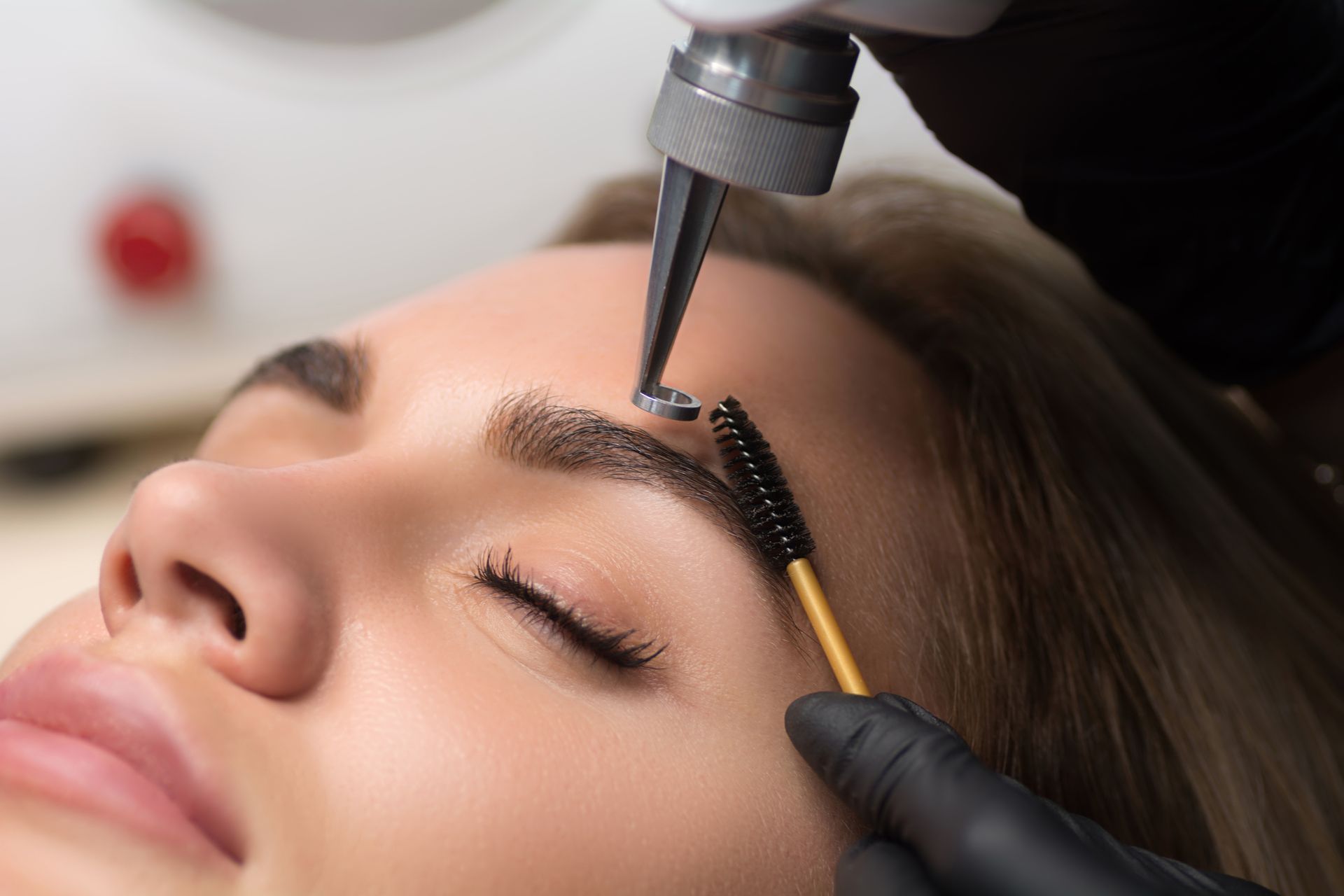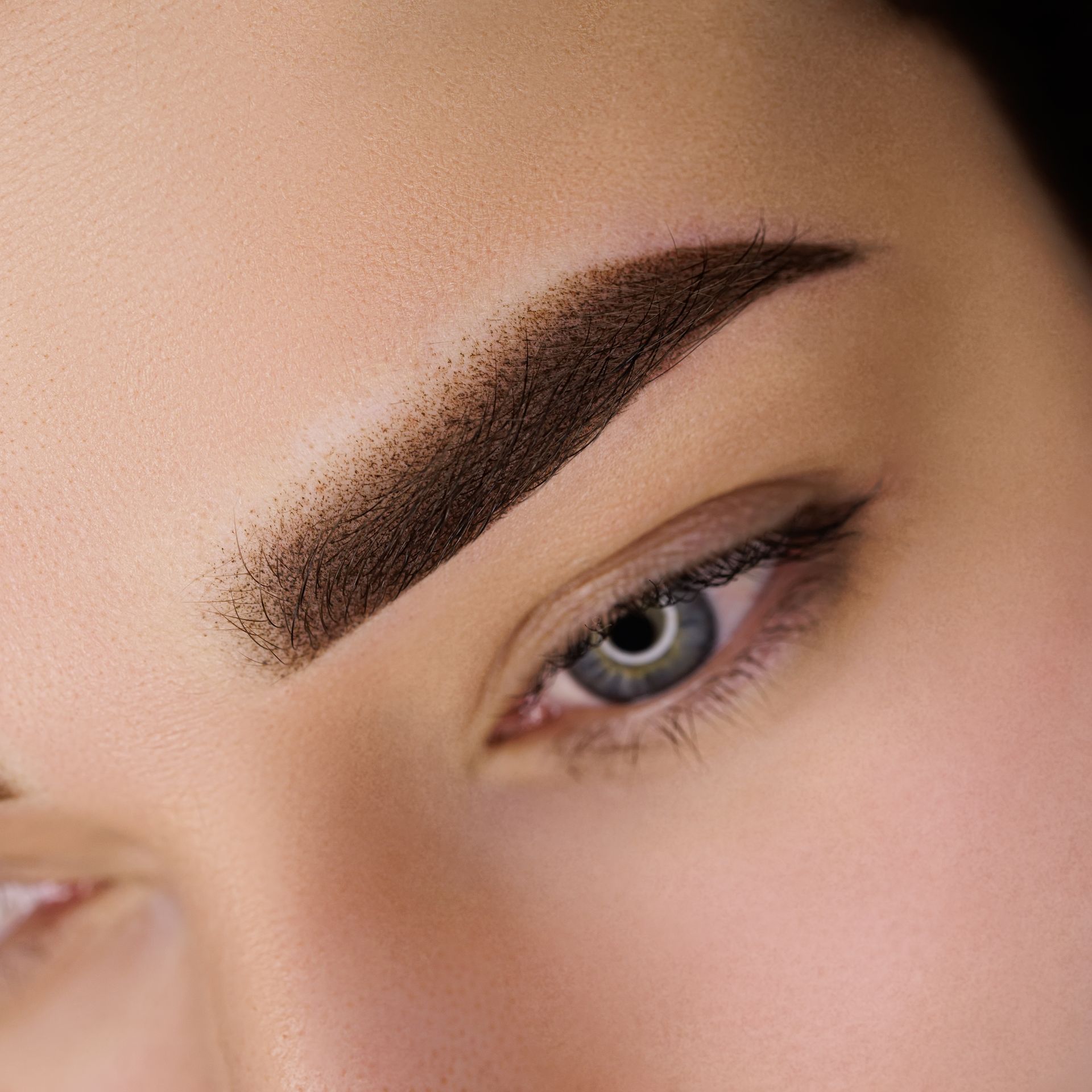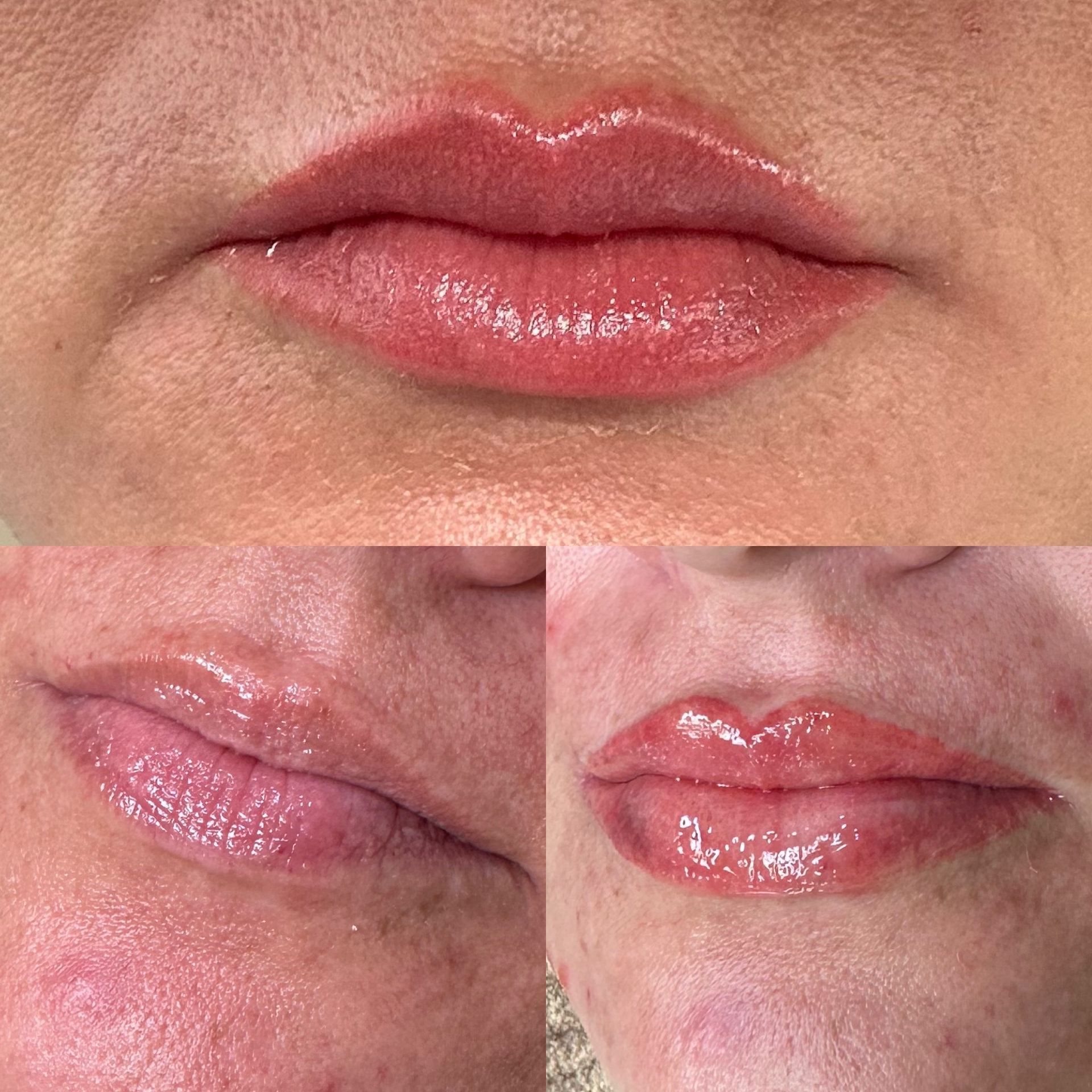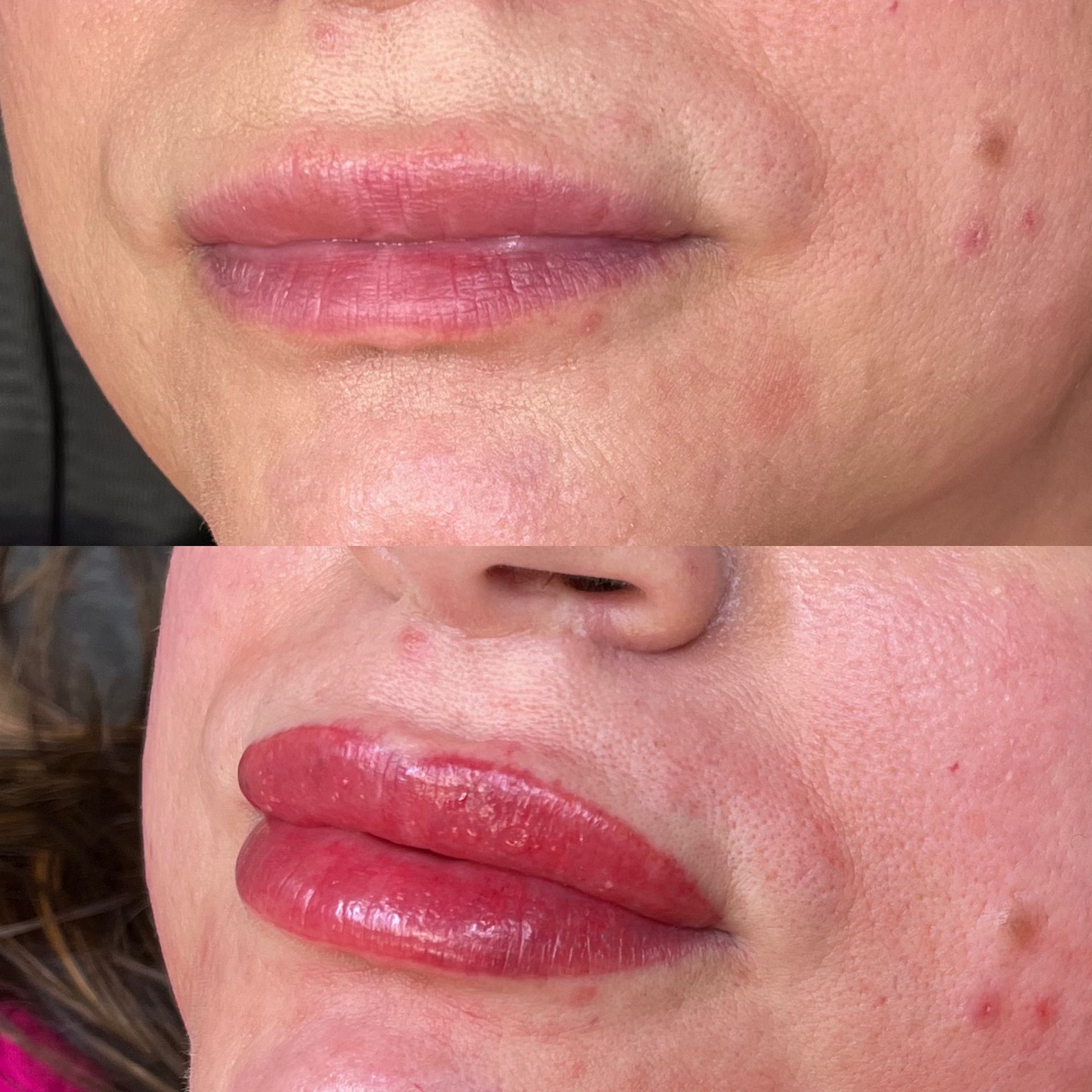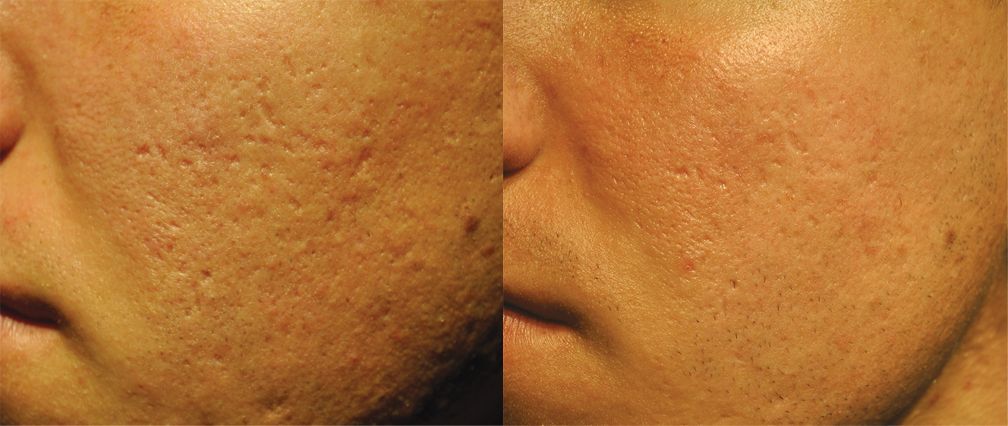Waxing FAQs: Answering Buffalo's Most Common Questions
Waxing FAQs: Answering Buffalo's Most Common Questions
Hey there, Buffalo Beauties! Whether you’re a first-time waxer or a seasoned pro, waxing can sometimes feel like a mystery wrapped in a riddle. At Buffalo Beauty Brows + Body, we’re all about making you feel comfortable and well-informed about the services you’re interested in. That’s why we’ve put together this handy FAQ to tackle the most common waxing questions we get from our fabulous clients.
Understanding Waxing: What Is It?
Waxing is a popular hair removal method that uproots hair from the follicle, providing smooth, hair-free skin. Unlike shaving, which only cuts hair at the skin’s surface, waxing pulls hair out by the root. This means you’ll stay smoother for a longer period of time—typically anywhere from three to six weeks, depending on your hair growth cycle.
Why Should I Choose Waxing Over Other Methods?
Great question! One of the biggest perks of waxing is its longevity. Since the hair is removed from the root, it takes longer for it to grow back compared to shaving. Plus, when the hair does grow back, it tends to be softer and finer, not prickly like shaving stubble. Waxing also serves as an exfoliant, removing dead skin cells and leaving your skin smooth and radiant. And let’s not forget—no more razor burn or nicks!
Preparing for Your Wax: What Should You Do?
Preparation is key for a successful waxing session. First and foremost, let your hair grow out a bit. The ideal hair length for waxing is about a quarter-inch long—roughly the size of a grain of rice. This ensures the wax has enough hair to grip onto. Also, exfoliate your skin the day before your appointment to remove dead skin cells and help prevent ingrown hairs. Last but not least, avoid moisturizing the day of your wax. Lotions and oils can interfere with the wax’s ability to grip the hair.
Does Waxing Hurt?
Alright, let’s get real—waxing can be uncomfortable, especially if it’s your first time. However, most people find that the discomfort lessens with each session. Why? Because your hair grows back finer and thinner, making it easier to remove. Our skilled technicians at Buffalo Beauty Brows + Body are pros at making your experience as quick and painless as possible. We also use high-quality waxes designed to stick to the hair, not your skin, for a more comfortable experience.
Post-Waxing Care: What Should You Do Afterwards?
After your waxing session, some redness and slight irritation are normal, but these symptoms should subside within a few hours. To soothe your skin, avoid hot showers, saunas, and exercise for at least 24 hours post-wax. These activities can cause sweating and friction, which might irritate your skin further. It’s also a good idea to wear loose clothing to give your skin some breathing room.
Ingrown hairs are a common concern for many, but they can be managed with proper care. Exfoliate your skin gently a few times a week and moisturize daily to keep your skin soft and prevent ingrowns. If you do get an ingrown hair, don’t panic—treat it with a warm compress and avoid picking at it.
Choosing the Right Wax: Which Type is Best for You?
We offer different types of waxes suitable for various skin types and areas of the body. Hard wax is often recommended for more sensitive areas like the bikini line and underarms because it adheres only to the hair, not the skin, which minimizes discomfort. Soft wax, on the other hand, works well for larger, less sensitive areas like the legs and back.
At Buffalo Beauty Brows + Body, we always consult with you to determine the best wax for your skin type and the area being treated. Our goal is to provide a personalized experience that leaves you feeling comfortable and satisfied.
Ready to Ditch the Razor?
If you’re ready to experience the benefits of waxing, we’d love to help you achieve smooth, beautiful skin. Schedule your appointment with us today and take the first step toward a more confident you!
Don’t hesitate to reach out if you have any more questions or need further advice. We’re here to help you look and feel your best.
Book your waxing session today and say goodbye to your razor for good! You deserve it, Buffalo!
